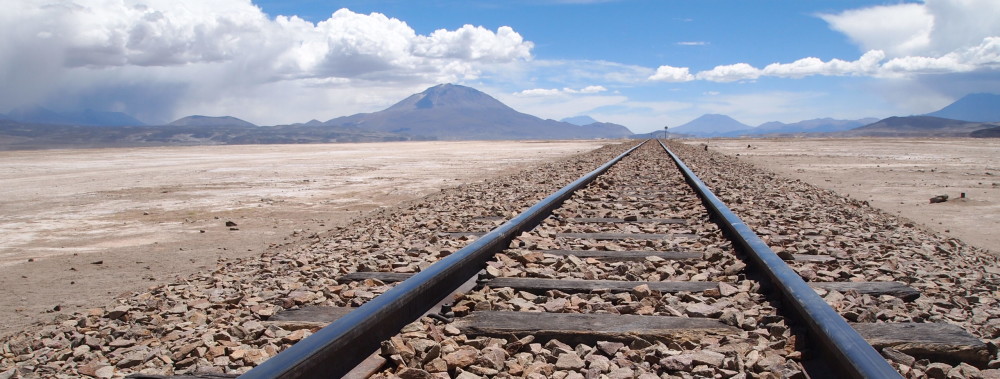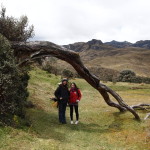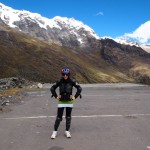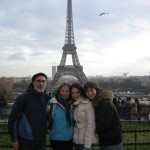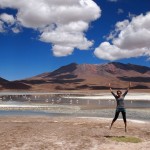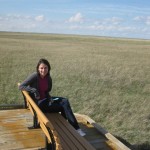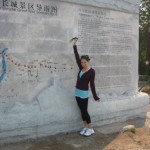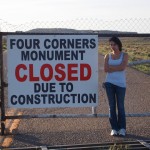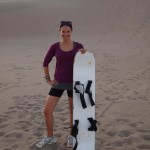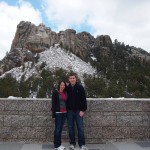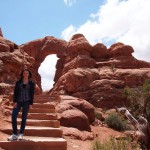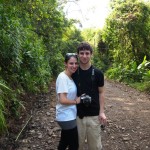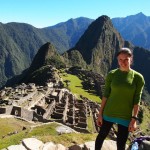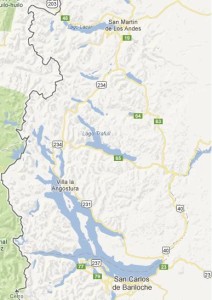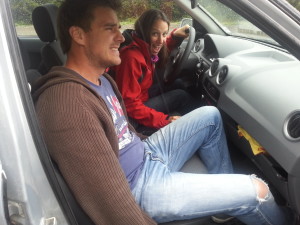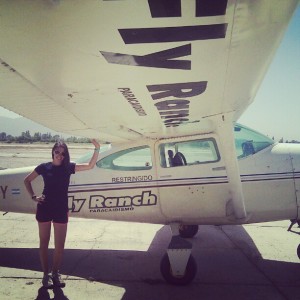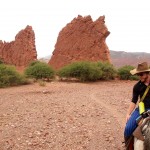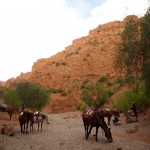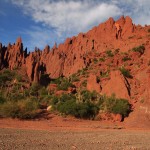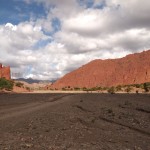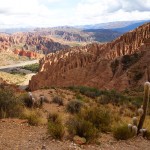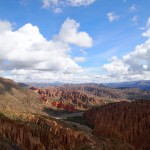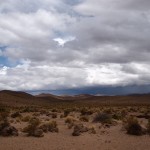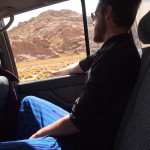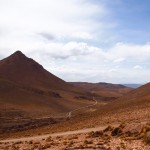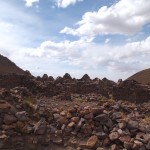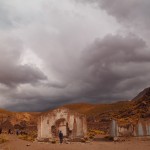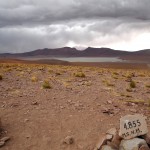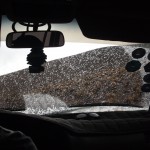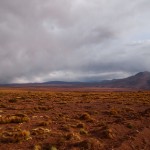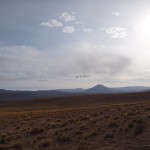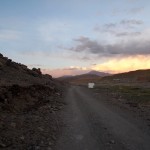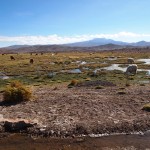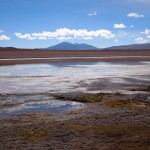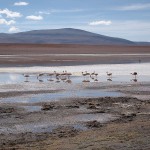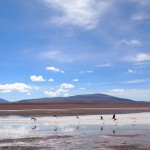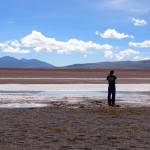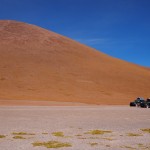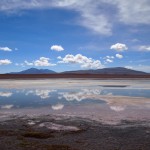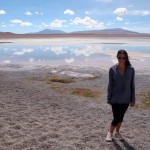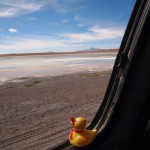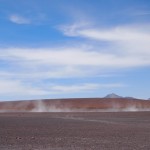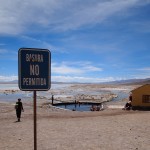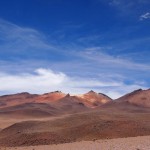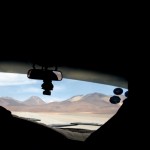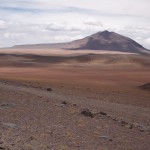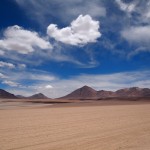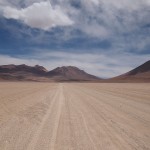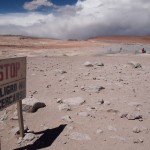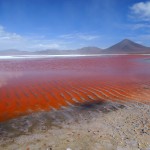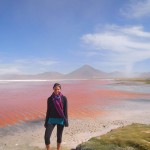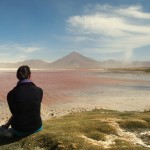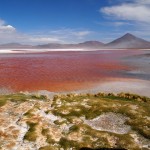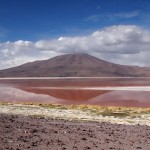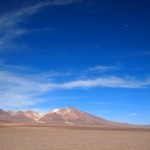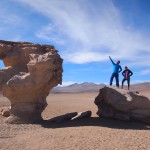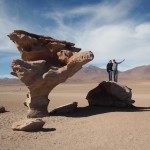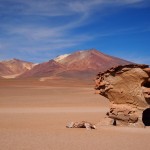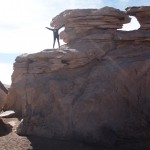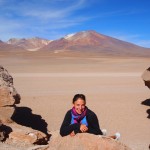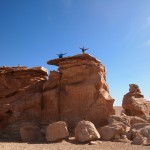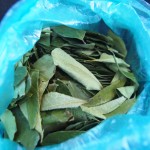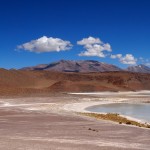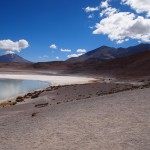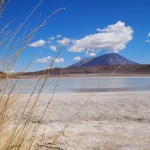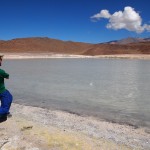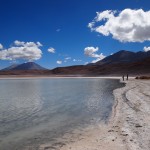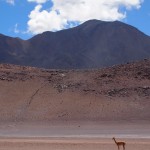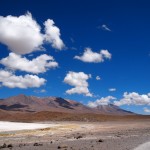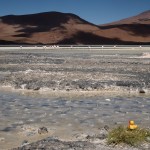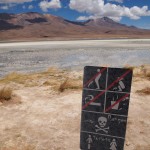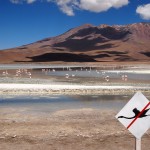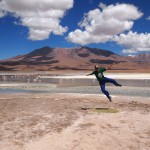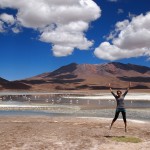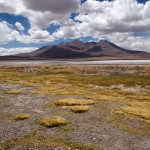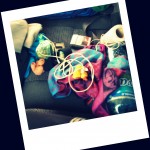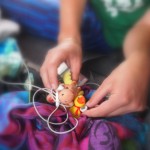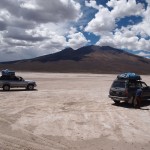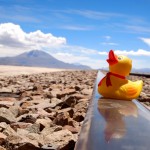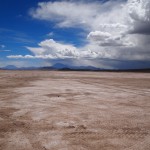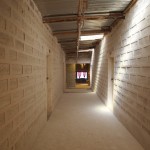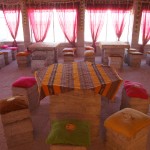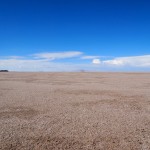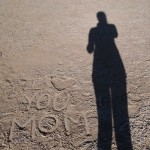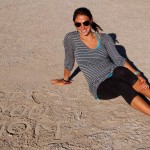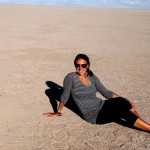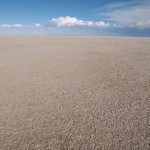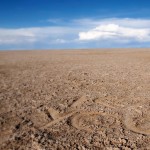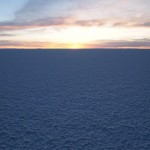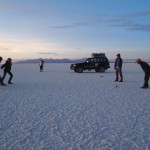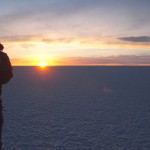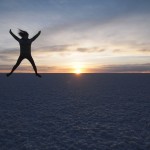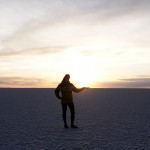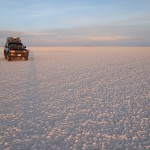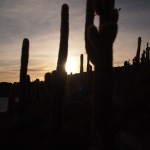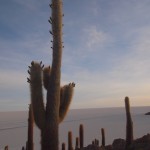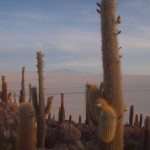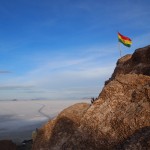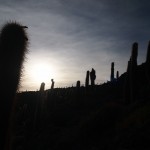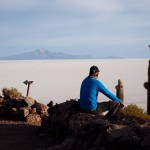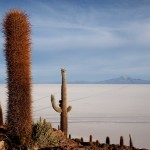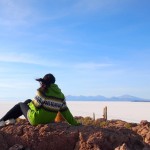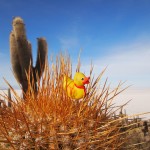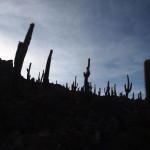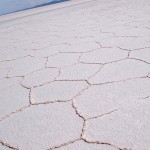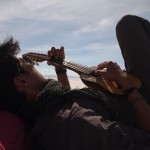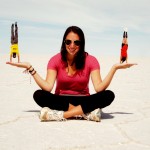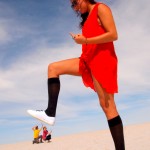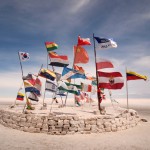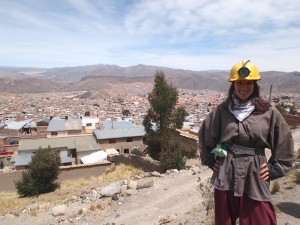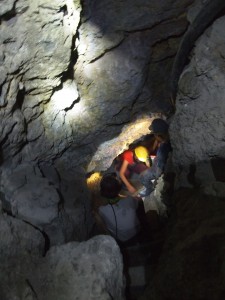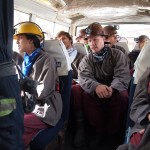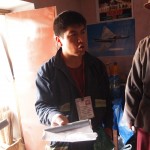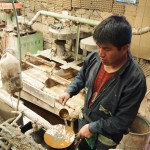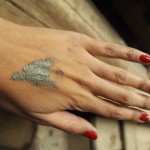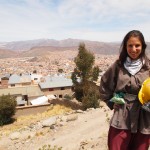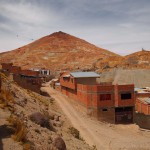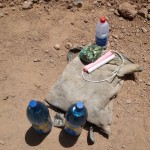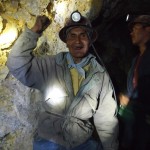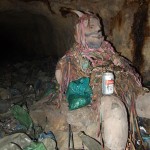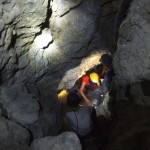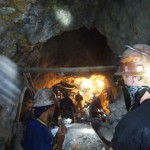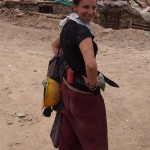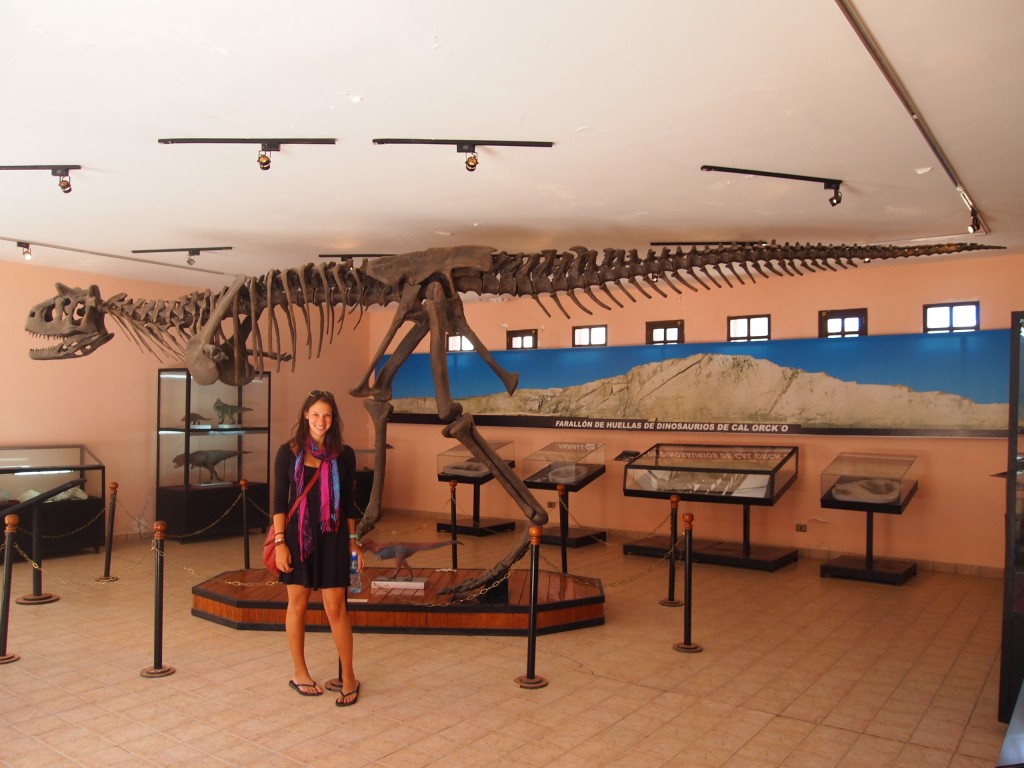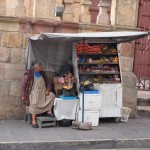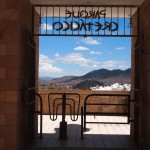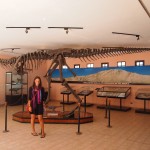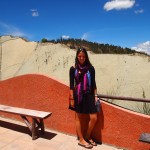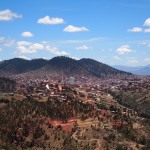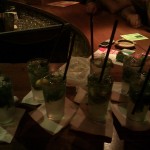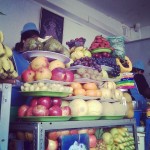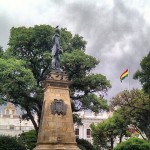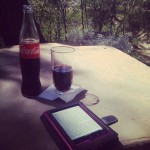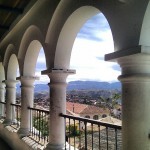Well, I’m officially home.
I can’t believe how quickly my 92 days on the road came and went. How fast three whole months, a quarter of a year, simply flew by me.
I learned so much about myself and what I’m capable of over the last 13 weeks. I took on another language, I jumped out of an airplane, I dined solo more times than I can count, I got lost and misread maps in countless cities, and managed to maneuver myself through a 12 hour bus ride, border crossing, and to an emergency clinic with an un-usable right foot. There were tears and grins, nearly 4,000 photos, and countless belongings left at hostels all across the continent. I drained my bank account, and it was worth every penny.
I’m a writer and an abstract thinker, so numbers really aren’t my thing (ask my high school math teachers about that one) but I figured quantifying my trip with a few numbers might be fun, and it’s certainly a crazy way to look at my travels.
Days traveled: 92
Countries visited: 5
Number of new passport stamps: 10
Cities visited: 34
Distance traveled (mostly by bus): Approximately 13,197 km, or just over 8200 miles.
Modes of transportation taken: Taxis, cars, jeeps, buses, vans, tourist minibuses, boats, horses, a donkey, commercial airplanes, 4 seat airplanes, no-seat sky diving airplanes, and parachutes.
Number of bus rides: 33
Hours spent on buses: Approximately 220 hours
Number of flights: 2
Organized tours: 8
Items lost and left behind: My Reef flip flops, my very nice compact travel towel, a plastic tupperware full of leftovers, and many bags of food meant to feed myself on bus rides.
View SA travels as a larger map
As I adjust to being back in the US — the real world — I realize how many things there are that I already miss about South America.
Practicando mi espanol. I loved challenging myself to communicate fully in another language. I was thinking in Spanish, constantly asking questions in Spanish, even translating random song lyrics into Spanish in my head. I am hoping to find cheap language classes or a Spanish exchange program in LA, but I know it won’t be the same as full immersion.
Meeting people, constantly, from all over the world. I have new friends in Switzerland, Holland and the Netherlands, Germany, Belgium, France, South Africa, England, Denmark, Australia, Mexico, Buenos Aires, Montreal, Texas, Alaska, and San Francisco. I met countless others from more countries and cities than I can name. I was constantly learning new things, exchanging information and gaining small glimpses into peoples lives. Sometimes it was sad, or weird, only knowing people for a few minutes, a few hours, or a few days. But for the most part, it was refreshing to have meaningful conversations with people I knew I might never see again, but could still share wonderful moments with nonetheless.
Constant change. Know the city layout? Starting to feel comfortable? Showered more than a handful of times in the same place? Time to move on! The longest I spent in any city after Ecuador was 4 or 5 days, and the constant difference in surroundings, pace, climate, activities, and hostels meant I was truly never bored.
Real Coca Cola. In the rest of the world, Coca Cola manufactures their products in glass bottles, and they use real sugar, not corn syrup. Coke tastes 100% better, and I will truly miss drinking it from those 500ml skinny glass bottles.
Mercados. I miss the local markets with indigenous women selling every fruit and vegetable you can imagine. For less than it would cost to buy a single box of raspberries at Ralphs in Los Angeles, I could buy enough fruits and vegetables to cook for a week.
The excuse to be disconnected. Don’t get me wrong, I love my family and friends, and I’m thrilled to have my iPhone back because it means I can once again be in good communication with the people I love. But being unplugged was a huge blessing – to remove myself from a culture where peoples faces are constantly buried in their smartphones was so healthy. I’ll miss that disconnect, because I know it’s a habit very easily picked up in the States. We all sit with our phones in our hands and don’t communicate with, or even look at, each other. When nobody has a phone to be texting anybody with, you sit at tables or on couches in hostels or cafes and you talk. You get to know people, you swap stories, ideas, learn about new cultures and places in the world. It’s not a novel concept, but it’s one that doesn’t happen quite as often as it should back home.
The lack of pressure to be put together at all moments. I missed my closet so much. My heels, my blazers, my sundresses, my beautiful, and delicate, tank tops I would never take on the road. But it was refreshing to put on a tshirt and jeans every day, not carry a single bit of makeup with me for 3 months, and very rarely feel the pressure to be dressed up or dolled up. Of course there were moments where I wanted my mascara and my jewelry and my skin-hugging denim, but I felt so much less pressure to put all of that on. And when you don’t have all that to hide behind, you present a more raw version of yourself. No one on the road has comfort in a daily beauty routine, makeup, a fancy car, or expensive belongings. All you have is you, and your worn (and reworn, and reworn) travel clothes.
Of course there are many things I absolutely do not miss about South America — cities being totally shut down for almuerzo mid-day and all day Sunday, always having to buy water, not being able to flush paper down the toilets, constantly forgetting things in hostels across the continent, the freezing rain of southern Argentina and Chile, and, of course, 12+ hour bus rides.
And now, it’s back to reality.
In the next two weeks, I’m searching for nanny jobs, nailing out my car and living situations, and then flying east to spend time with Boston and NYC friends, and then delve into the nasty projects of emptying my storage unit, selling everything I can, and shipping what I need back to the west coast.
Even though my trip is over, I plan to keep up my blogging, and have every intention of doing lots of freelance writing from here on out. If nothing else, I’ll be posting ideas I came up with on the road, possibly some of my travel budget spreadsheets, and some updates on how plans for future trips are going!
